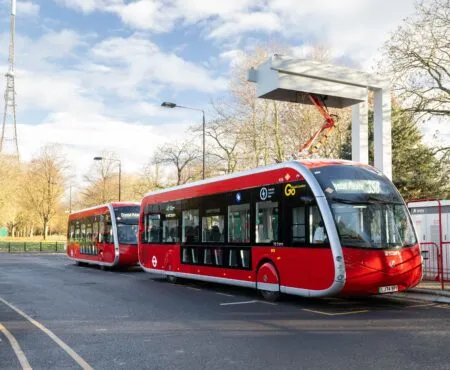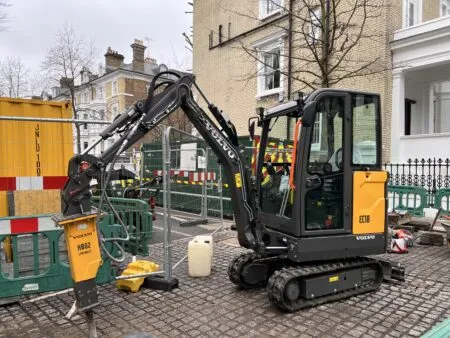A collaborative project led by the Environmental Defense Fund (EDF) has equipped Google Street View cars with Aclima sensors to monitor hyperlocal air quality in Oakland, California.
Researchers from the EDF and the University of Texas at Austin (UT Austin) joined forces with Google Earth Outreach and deployed two Google Street View mapping cars equipped by Aclima to measure and chart air pollution in Oakland, California, with unprecedented, highly-localized precision, providing a detailed picture of where people are at greatest risk of breathing unhealthy air at 100ft (30m) intervals.
Over the course of the year-long project, which ran from May 2015-May 2016, the cars made three million unique measurements while driving more than 14,000 miles (22,530km), with each street being sampled an average of 30 times, creating one of the largest, most spatially precise datasets of mobile air pollution measurements ever assembled.
Conventional assessments of urban pollution rely on data from a relative handful of fixed air quality monitors, emission inventories and computer models to characterize air pollution in a city. In Oakland, just three stationary, regulatory-grade air quality monitors measure urban background pollution levels. Data from these monitors, combined with modeling, helps local and regional policy makers get a general sense of air quality and potential health risks. However, uncertainties remain about the variation in pollution levels in the areas between the monitors, making it difficult to know precisely where dirty air comes from or who is affected.
The Aclima platform in the cars integrates sensing hardware, data management and computation, quality control, and visualization functions, allowing extensive, routine measurements of black carbon particles (BC), nitrogen oxide (NO), and nitrogen dioxide (NO?). The system continuously streamed data to Aclima’s cloud-based processing center where data could be aggregated and analyzed by scientists at UT Austin and Aclima in real time.
EDF also collaborated with the West Oakland Environmental Indicators Project (WOEIP), a community-based environmental organization, which provided the perspective of residents; and the Bay Area Air Quality Management District (BAAQMD), which provided data on regulatory-grade monitors, and local air quality expertise.
“The new mobile technology allows us to measure air pollution levels where people actually breathe the air, at street level,” said Joshua Apte, assistant professor at UT Austin, and lead author of the study. “By allowing us to understand how air pollution varies between and even within city blocks, this technique will help policymakers and the public make smarter choices about how to reduce pollution and improve public health.”




